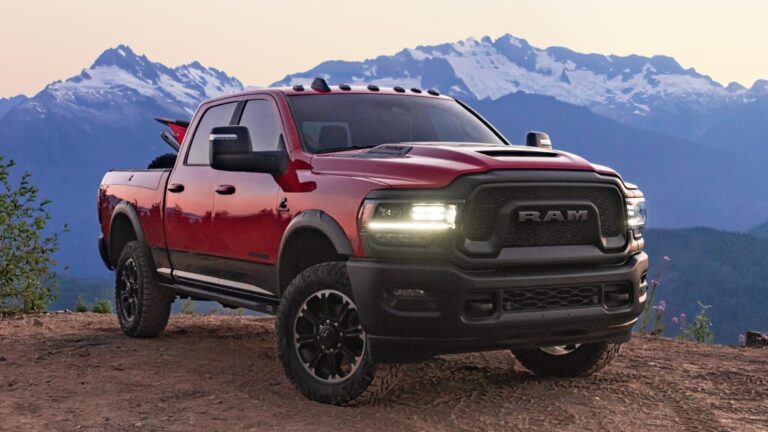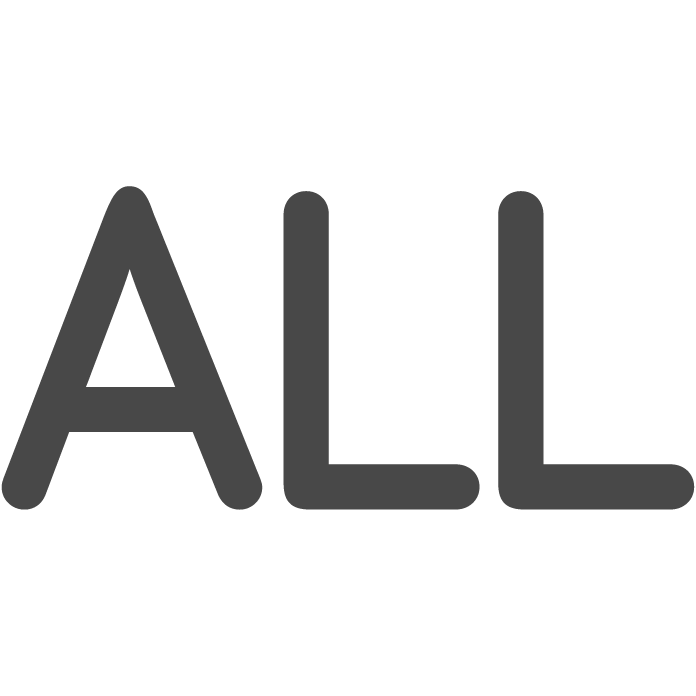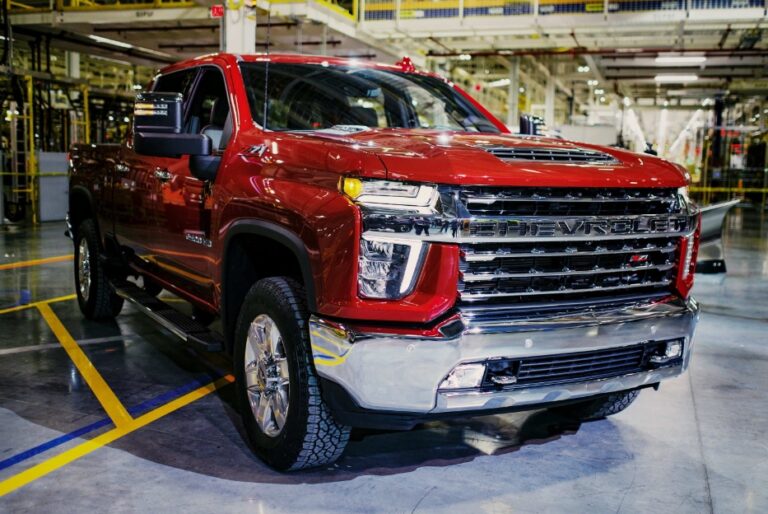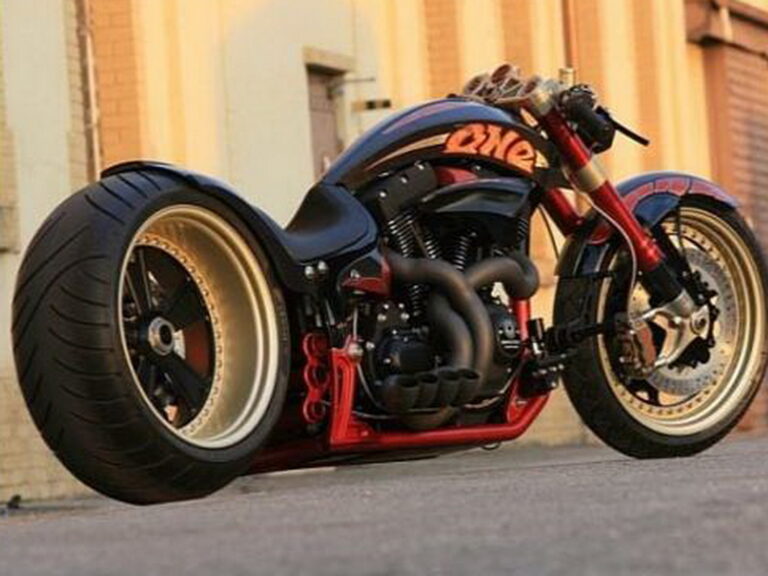Truck Inside Engine Parts List: A Comprehensive Guide to the Heart of Your Rig
Truck Inside Engine Parts List: A Comprehensive Guide to the Heart of Your Rig cars.truckstrend.com
The rumble of a powerful truck engine is more than just noise; it’s the symphony of meticulously engineered components working in perfect harmony. Whether you’re a professional trucker, an aspiring mechanic, or simply a curious enthusiast, understanding the intricate "Truck Inside Engine Parts List" is fundamental to appreciating the marvel of modern engineering, ensuring optimal performance, and facilitating timely maintenance. The engine is the undeniable heart of any truck, converting fuel into the raw power that moves colossal loads across vast distances. Without a grasp of its internal workings, effective troubleshooting, repair, and even basic preventative care become daunting tasks.
This comprehensive guide will delve deep into the critical components that make up a truck’s internal combustion engine, exploring their functions, interdependencies, and importance. We’ll provide practical advice, discuss common challenges, and equip you with the knowledge needed to maintain your truck’s most vital system.
Truck Inside Engine Parts List: A Comprehensive Guide to the Heart of Your Rig
The Foundation: Engine Block and Cylinder Head
At the core of every truck engine are two primary structural components that house the entire combustion process:
- Engine Block: Often referred to as the "block" or "cylinder block," this is the robust, heavy casting (usually cast iron or aluminum) that forms the main structure of the engine. It contains the cylinders, which are the hollow bores where the pistons reciprocate. The block also incorporates passages for coolant, oil, and provides mounting points for various external components. Its durability is paramount as it must withstand immense pressures and temperatures.
- Cylinder Head: Mounted on top of the engine block, the cylinder head forms the sealed top of the combustion chambers. It houses the intake and exhaust valves, the spark plugs (in gasoline engines) or fuel injectors (in diesel engines), and often the camshaft (in Overhead Camshaft designs). The cylinder head is critical for sealing the combustion process and managing the flow of air in and exhaust gases out.
- Head Gasket: A multi-layered seal placed between the engine block and the cylinder head. Its primary function is to seal the combustion gases within the cylinders and prevent the leakage of coolant and oil between the two components. A failing head gasket can lead to severe engine damage.
The Reciprocating Assembly: Converting Combustion to Motion

This set of components works together to convert the linear motion generated by combustion into the rotational motion needed to drive the wheels.
- Pistons: These cylindrical components fit snugly within the engine’s cylinders. During the combustion cycle, the expanding gases push the pistons downwards, transferring force. They are typically made of aluminum alloys for strength and lightness.
- Piston Rings: Located in grooves around the piston, these rings provide a seal between the piston and the cylinder wall, preventing combustion gases from escaping and controlling oil consumption. There are typically compression rings (for sealing gases) and oil control rings (for managing lubrication).
- Connecting Rods: Often called "con-rods," these sturdy links connect each piston to the crankshaft. They convert the piston’s reciprocating (up and down) motion into the rotational motion of the crankshaft.
- Crankshaft: This is the engine’s backbone. The crankshaft converts the linear motion of the pistons (via the connecting rods) into rotational motion, which is then transmitted to the transmission and drivetrain. It features a series of offset journals (crankpins) to which the connecting rods attach.
- Main Bearings & Rod Bearings: These are precision-machined friction-reducing surfaces (typically made of babbitt metal) that support the crankshaft within the engine block (main bearings) and the connecting rods on the crankshaft journals (rod bearings). They allow smooth rotation and prevent metal-on-metal contact.
- Flywheel: A heavy metal disc attached to the end of the crankshaft. Its inertia helps to smooth out the engine’s power pulses, ensuring consistent rotational speed. It also provides a surface for the clutch (manual transmissions) or torque converter (automatic transmissions) to connect to, and houses the ring gear for the starter motor.
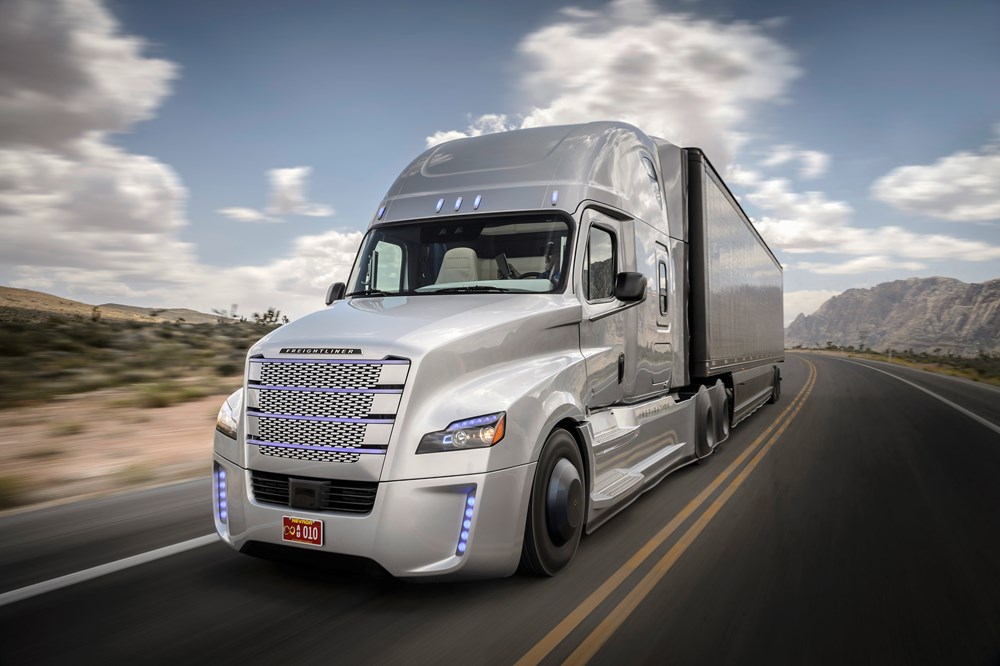
The Valve Train: Orchestrating Air and Exhaust
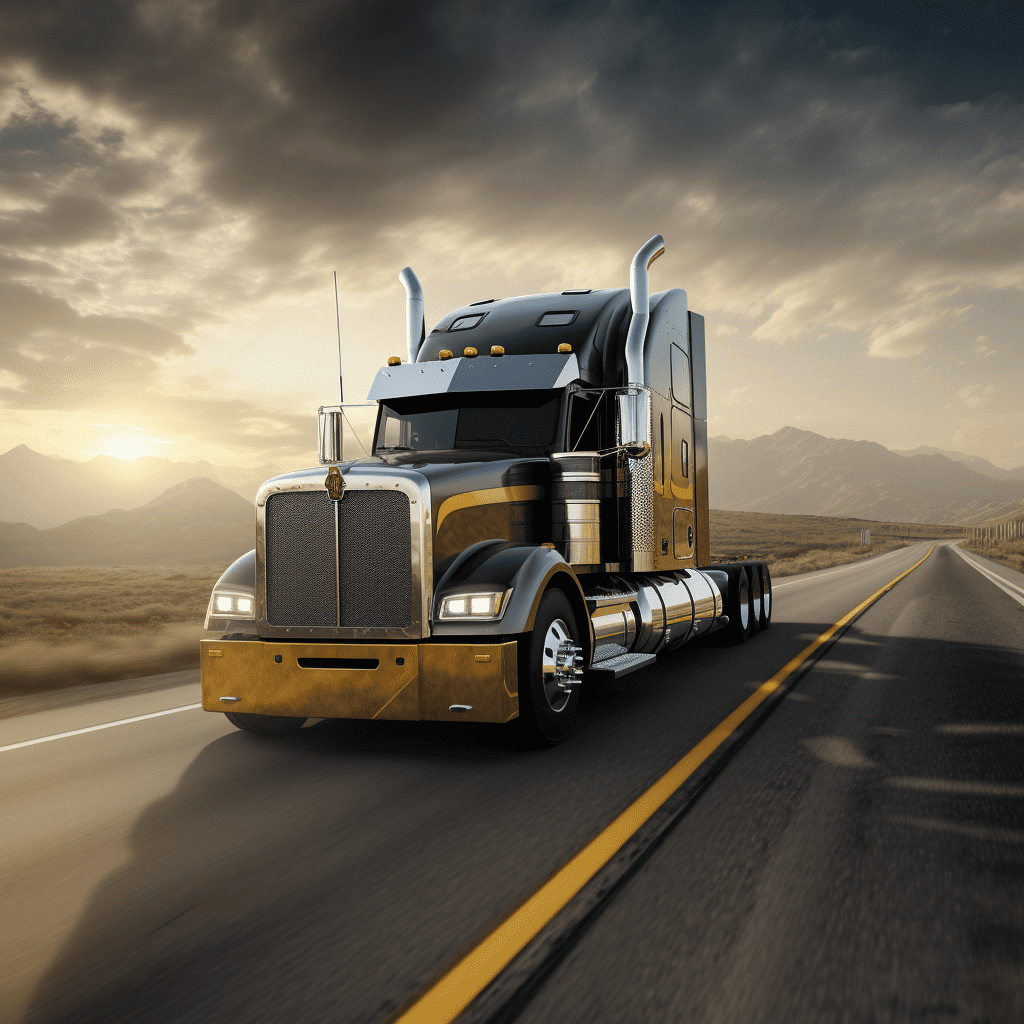
The valve train precisely controls the opening and closing of the intake and exhaust valves, ensuring the engine breathes efficiently.
- Camshaft: This shaft has egg-shaped lobes (cams) that push against lifters (tappets), which in turn open and close the intake and exhaust valves. The camshaft’s rotation is synchronized with the crankshaft, ensuring valves open and close at the precise moment in the combustion cycle.
- Valves (Intake & Exhaust): These mushroom-shaped components open and close ports in the cylinder head, allowing fresh air (and fuel) into the cylinder and spent exhaust gases out. Intake valves are typically larger than exhaust valves.
- Valve Springs, Retainers, and Keepers: Valve springs keep the valves closed unless pushed open by the camshaft. Retainers and keepers secure the springs to the valve stem.
- Pushrods & Rocker Arms (Overhead Valve – OHV Engines): In OHV designs, pushrods transfer the camshaft’s motion to rocker arms, which then pivot to open the valves.
- Timing Chain/Belt: This critical component (or gear train) synchronizes the rotation of the crankshaft and camshaft, ensuring the valves open and close in perfect time with the piston’s movement. A broken timing belt/chain can lead to catastrophic engine damage.
Fuel, Air, and Exhaust Systems: The Engine’s Breath
These systems are responsible for delivering the precise mixture of air and fuel for combustion and expelling the byproducts.
- Fuel Pump: Draws fuel from the tank and delivers it under pressure to the fuel injectors.
- Fuel Injectors: Electronically controlled nozzles that spray a finely atomized mist of fuel directly into the combustion chamber (direct injection) or intake manifold.
- Air Filter: Cleans incoming air before it enters the engine, preventing dust and debris from causing wear.
- Intake Manifold: A series of pipes or runners that distribute clean air (and sometimes fuel) evenly to each cylinder’s intake port.
- Exhaust Manifold: Collects spent exhaust gases from each cylinder and directs them into the exhaust system.
- Turbocharger/Supercharger (if applicable): These forced induction devices compress more air into the engine, significantly increasing power output and efficiency. A turbocharger uses exhaust gases to spin a turbine, while a supercharger is belt-driven by the engine.
Lubrication and Cooling Systems: The Lifeblood and Temperature Control
These systems are vital for the engine’s longevity and efficient operation, preventing friction and overheating.
- Oil Pan (Sump): The reservoir for engine oil, located at the bottom of the engine block.
- Oil Pump: Circulates engine oil under pressure throughout the engine, lubricating moving parts and carrying away heat and contaminants.
- Oil Filter: Removes contaminants (dirt, metal particles) from the engine oil, ensuring clean lubrication.
- Radiator: A heat exchanger that dissipates heat from the engine’s coolant to the ambient air.
- Water Pump: Circulates coolant (a mixture of water and antifreeze) through the engine block, cylinder head, and radiator to regulate engine temperature.
- Thermostat: A temperature-sensitive valve that controls the flow of coolant, ensuring the engine reaches and maintains its optimal operating temperature quickly.
Ignition and Electrical Components: Starting and Control
These parts are crucial for starting the engine and managing its complex operations.
- Starter Motor: An electric motor that engages with the flywheel’s ring gear to crank the engine and initiate the combustion process.
- Alternator: Generates electrical power to recharge the battery and supply power to the truck’s electrical systems once the engine is running.
- Glow Plugs (Diesel Engines): Electric heating elements in diesel engines that preheat the combustion chambers to aid cold starting, especially in colder climates.
- Sensors: Numerous sensors (e.g., Crankshaft Position Sensor, Camshaft Position Sensor, Mass Air Flow (MAF) Sensor, Manifold Absolute Pressure (MAP) Sensor, Oxygen (O2) Sensor, Coolant Temperature Sensor) monitor various engine parameters and send data to the Engine Control Unit.
- Engine Control Unit (ECU/ECM): The "brain" of the engine. This sophisticated computer receives data from all sensors and precisely controls fuel injection, ignition timing (in gasoline engines), turbocharger boost, and many other engine functions to optimize performance, fuel efficiency, and emissions.
Practical Advice and Maintenance Tips
Understanding the parts is one thing; keeping them healthy is another. Here’s practical advice for maintaining your truck’s engine:
- Adhere to Service Intervals: Follow the manufacturer’s recommended maintenance schedule for oil changes, filter replacements (oil, fuel, air), and coolant flushes.
- Use Quality Fluids: Always use the correct grade and type of engine oil, coolant, and fuel specified by the manufacturer.
- Listen to Your Engine: Pay attention to unusual noises (knocking, ticking, grinding), vibrations, or changes in performance. These are often early warning signs.
- Monitor Gauges: Regularly check your oil pressure, coolant temperature, and battery voltage gauges.
- Inspect Regularly: Visually inspect hoses, belts, and fluid levels. Look for leaks, cracks, or signs of wear.
- Understand OEM vs. Aftermarket: OEM (Original Equipment Manufacturer) parts are identical to those installed at the factory. Aftermarket parts are produced by other companies. While aftermarket can be cheaper, ensure they meet or exceed OEM specifications, especially for critical engine components.
- Professional Diagnostics: If a check engine light illuminates or you suspect a serious issue, seek professional diagnostic help. Modern truck engines are complex and require specialized tools.
Challenges and Solutions
Truck engines face immense stress, leading to potential challenges:
- Wear and Tear: Continuous operation leads to wear on moving parts (bearings, piston rings, cylinder walls).
- Solution: Regular lubrication, timely oil changes, and using high-quality parts during repairs.
- Overheating: Can be caused by low coolant, a faulty water pump, clogged radiator, or thermostat issues.
- Solution: Regular coolant checks, flushing the cooling system, and replacing faulty components promptly.
- Loss of Power/Poor Fuel Economy: Often related to issues in the fuel delivery, air intake, or exhaust systems, or sensor malfunctions.
- Solution: Diagnostic scans, checking fuel filters, air filters, injectors, and turbocharger function.
- Component Failure: Parts can simply fail due to age, defect, or extreme stress.
- Solution: Regular inspections can catch issues early, and prompt replacement with quality parts is crucial.
Truck Inside Engine Parts List – Estimated Price Range Table
Please Note: The prices listed below are highly variable estimates and can differ significantly based on the truck make, model, year, engine type (diesel/gasoline), brand (OEM vs. aftermarket), new vs. remanufactured, labor costs, and geographical location. This table is for illustrative purposes only.
| Component | Estimated Price Range (USD) | Notes |
|---|---|---|
| Engine Block (Bare) | $1,000 – $10,000+ | Often replaced as part of a short/long block assembly |
| Cylinder Head (New) | $500 – $3,000+ (per head) | Varies by engine configuration (e.g., V-engine needs two) |
| Head Gasket Set | $100 – $600 | Includes all necessary gaskets for head removal/installation |
| Piston (Single) | $50 – $300 | Price per individual piston, often sold in sets |
| Connecting Rod (Single) | $40 – $250 | Price per individual rod |
| Crankshaft | $500 – $3,000+ | New or remanufactured, varies greatly by engine size |
| Camshaft | $150 – $1,000 | Varies by OHV/OHC design and number of cams |
| Fuel Injector (Single) | $100 – $800+ | Diesel injectors generally more expensive than gasoline |
| Turbocharger | $800 – $4,000+ | New or remanufactured, highly dependent on size and application |
| Water Pump | $100 – $500 | Varies by engine type and pump complexity |
| Oil Pump | $80 – $400 | |
| Alternator | $200 – $800 | Remanufactured often significantly cheaper |
| Starter Motor | $150 – $700 | Remanufactured often significantly cheaper |
| Oil Filter | $15 – $50 | High-quality filters for heavy-duty applications |
| Air Filter | $30 – $150 | Heavy-duty truck filters are typically larger and more expensive |
| Timing Belt/Chain Kit | $100 – $600 | Includes tensioners, idlers, often water pump |
| Engine Control Unit (ECU/ECM) | $500 – $3,000+ | Often requires programming for specific vehicle |
Frequently Asked Questions (FAQ)
Q1: How often should I change my truck’s engine oil and filters?
A1: This depends heavily on your truck’s make, model, engine type, and driving conditions. Always refer to your owner’s manual for the manufacturer’s recommended service intervals. For heavy-duty trucks, intervals can range from 15,000 to 50,000 miles or more for oil, and filters often correspond with these intervals or are replaced more frequently under severe conditions.
Q2: What’s the difference between OEM and aftermarket engine parts? Which should I use?
A2: OEM (Original Equipment Manufacturer) parts are made by the same company that supplied the parts to the truck manufacturer. Aftermarket parts are produced by other companies. OEM parts generally guarantee fit, function, and quality, but are often more expensive. Aftermarket parts can be more affordable and sometimes offer performance improvements, but quality can vary. For critical engine components, many prefer OEM or reputable aftermarket brands that meet or exceed OEM specifications to ensure reliability and longevity.
Q3: What are common signs of a failing engine part?
A3: Common signs include unusual noises (knocking, ticking, grinding), loss of power, reduced fuel efficiency, excessive smoke from the exhaust, fluid leaks, warning lights on the dashboard (e.g., check engine light, oil pressure light), difficulty starting, or inconsistent performance.
Q4: Can I replace engine parts myself?
A4: Some basic maintenance like oil and filter changes, or replacing belts, can be done by a knowledgeable DIY enthusiast. However, major engine component replacement (e.g., pistons, crankshaft, cylinder head) requires specialized tools, significant mechanical expertise, and often precise measurements and torquing procedures. Incorrect installation can lead to catastrophic engine failure. For complex repairs, it’s highly recommended to consult a certified truck mechanic.
Q5: How long do truck engines typically last?
A5: With proper maintenance, many modern heavy-duty truck diesel engines can last well over 1,000,000 miles. Gasoline engines in lighter trucks typically last 200,000 to 300,000 miles. Longevity is directly proportional to regular maintenance, quality of parts used, and driving habits.
Conclusion
The truck engine is a marvel of mechanical engineering, a complex system of interconnected parts each playing a vital role in generating the immense power required for commercial transportation. Understanding this "Truck Inside Engine Parts List" is not just about identifying components; it’s about appreciating the synergy that drives these powerful machines. By knowing the function of each part, recognizing the signs of potential issues, and committing to a diligent maintenance regimen, you empower yourself to ensure the longevity, efficiency, and reliability of your truck. A well-maintained engine isn’t just a powerful one; it’s a dependable partner on every journey.

